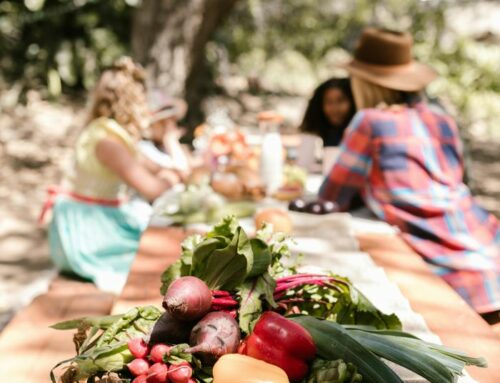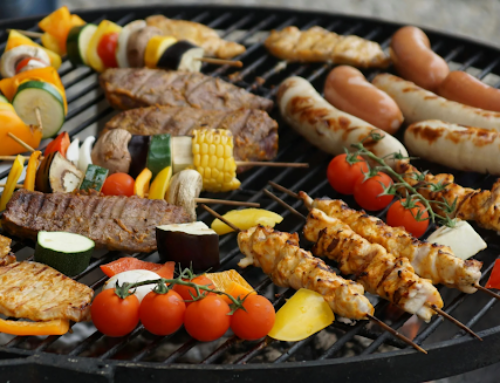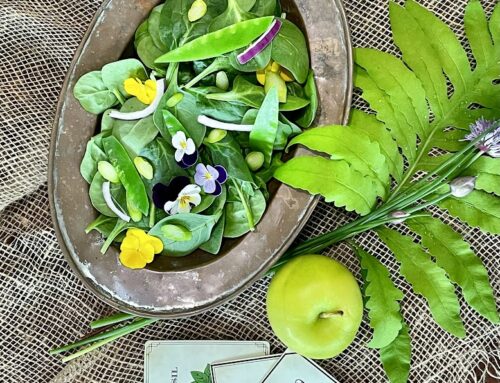Crack Open the Egg, Part 2
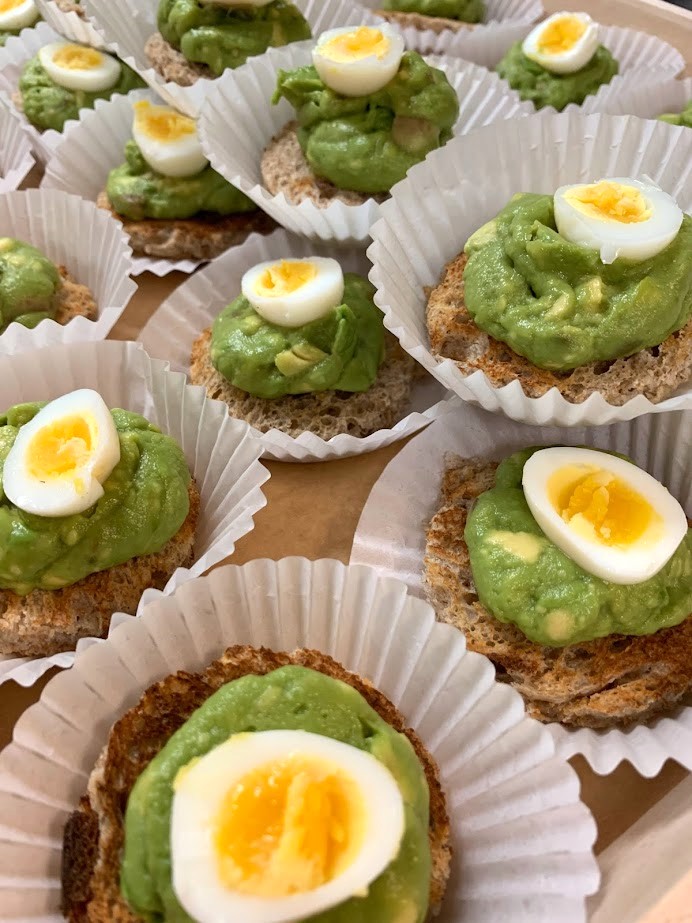 In “Crack Open the Egg, Part 1” we looked at the amazing superfood the chicken egg. Let’s pause for a second and put the magnifying glass to the term superfood: it’s a marketing term, with no actual scientific rubric or standardized definition. The Dutch Voedingscentrum (Nutrition Centre) notes that the term has been applied to cure-all claims such as goji berry, chia seed, hemp seed, wheatgrass, and more, without any kind of real agreement on its meaning. These are certainly nutritious foods, but what might be more accurate is to make a distinction between processed and whole or pure foods. Enter again the egg, one of nature’s purest, whole foods. Unfairly demonized by salmonella and cholesterol fears (recall there is good and not-good cholesterol), the egg is actually a healthy, versatile ingredient. Let’s explore more, including egg alternatives.
In “Crack Open the Egg, Part 1” we looked at the amazing superfood the chicken egg. Let’s pause for a second and put the magnifying glass to the term superfood: it’s a marketing term, with no actual scientific rubric or standardized definition. The Dutch Voedingscentrum (Nutrition Centre) notes that the term has been applied to cure-all claims such as goji berry, chia seed, hemp seed, wheatgrass, and more, without any kind of real agreement on its meaning. These are certainly nutritious foods, but what might be more accurate is to make a distinction between processed and whole or pure foods. Enter again the egg, one of nature’s purest, whole foods. Unfairly demonized by salmonella and cholesterol fears (recall there is good and not-good cholesterol), the egg is actually a healthy, versatile ingredient. Let’s explore more, including egg alternatives.
Not All Eggs Created Equal
Eggs are graded according to interior quality like any product. Chef Becky prefers brown shell, free-range eggs from the Hudson Valley, and she goes through a lot of eggs: her quiche requires 30 eggs, and eggs have been a key indicator of inflation in the last few years, so she has witnessed their price jump. “I am very particular about my eggs, as how we take our eggs reflects our personalities,” the Chef says. “I like eggs cooked skillfully, and salsa on top,” she elaborates. “People ask about the pork roll egg and cheese sandwich at Bex,” she recounts, “and what the sauce is, but it’s just a lightly-cooked egg with the yolk as the sauce. It’s a sandwich that provides its own sauce! Provided, of course, you handle the egg correctly.”
The Recognizable Chef Hat
When people think of fine dining they often think of the archetypal chef uniform: white apron, tall white hat (or toque blanche in French). The height of, and folds in, the hat can represent kitchen skills mastered by the chef: eggs figure prominently, as they are a delicate ingredient essential to so many dishes. “I use the meat test on the thumb of the hand for meats,” Chef Becky says, “and eggs are similar since they can range from ooey-gooey to hard-boiled and firm, like meat doneness.” She further explains: “I use slightly older eggs and new eggs differently, as new eggwhite holds together better than older eggwhite. So, I reserve the freshest eggs for when the egg is the star of the dish and use the older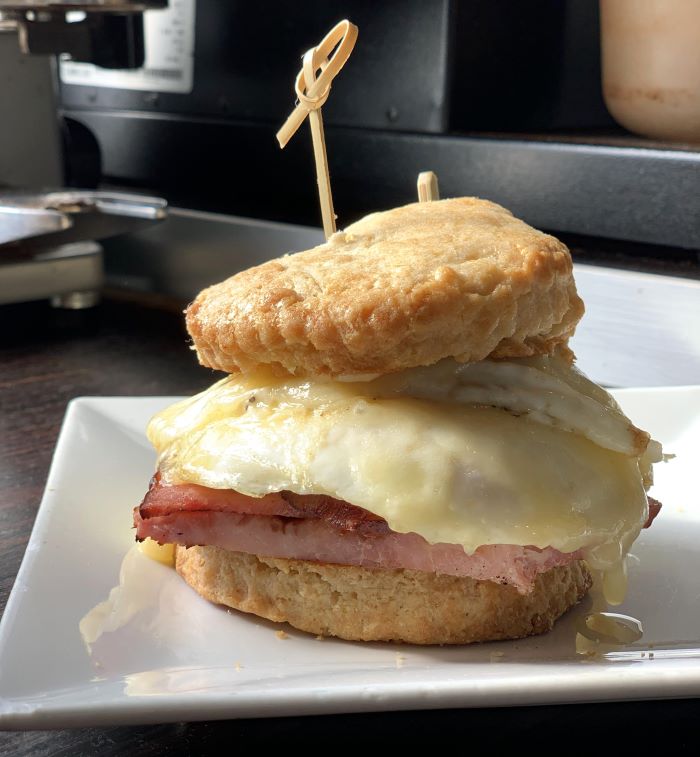 eggs for quiche and frittatas.”
eggs for quiche and frittatas.”
Not into Eggs? No Problem
As vegetarianism and veganism have grown trendier, Chef Becky has accommodated with substitutes: tofu and turmeric for faux scrambled eggs, flax seed for baking to bind ingredients and make panko stick. “If someone has an egg allergy or doesn’t eat animal products, we can accommodate,” she says. “There is more than one way to make many dishes, and a decent chef has that kind of flexibility and improvisation.”
Eggs ‘Round the World
Egg dishes often reflect the culture they appear in. Huevos Rancheros are found on menus south of the border, carbonara is popular in Italy, and an egg dish only for the bravest and most intrepid of eaters, balut, is found in the Philippines and Southeast Asia. (Regarding the latter, don’t knock it ‘til you’ve tried it!) The cuisine of India has nearly endless variations on the egg. And we haven’t even touched on egg curds, meringues, and flan!
The Future of Eggs
Eggs remain a mainstay of the human diet, used non-nutritionally in vaccines, hair care, glue, toothpaste, paint, and compost (among other uses), the egg is the core of the human adventure.
Crack one open and let us know what you find!


